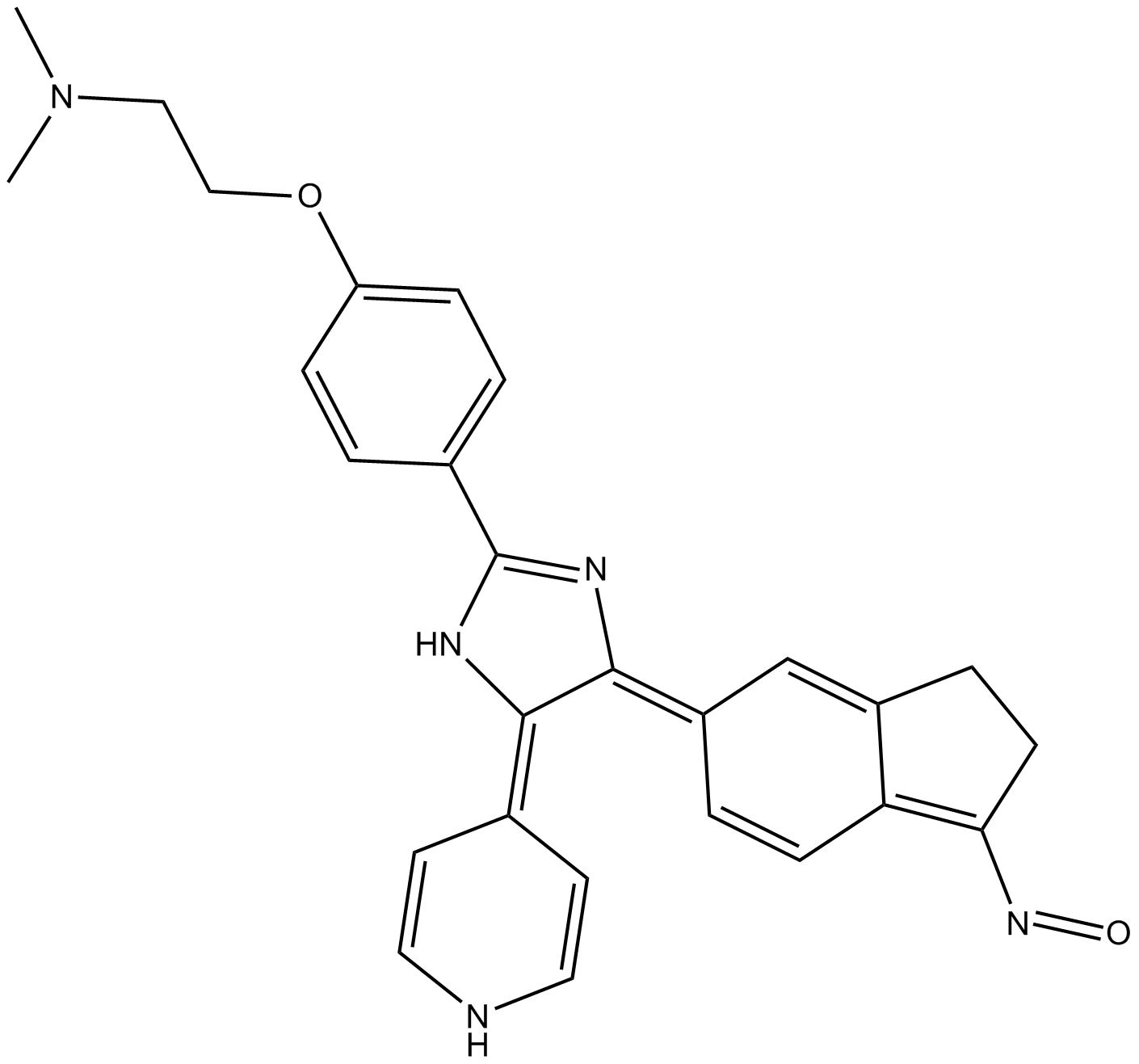Archives
In this issue of Kandioler et al analyzed TP mutations
In this issue of , Kandioler et al. analyzed TP53 mutations which produce a partial functionality of the protein (decreasing its transcriptional activity to less than 75%) in stage III colon cancer patients (). Relevant of this study is that the authors confined their analyses only to stage III patient and that they sub-classify that stage with respect to the number of the involved lymph nodes. They found a significant survival benefit of 5FU adjuvant chemotherapy only in N1 wild type patients in comparison to TP53 mutated ones. That benefit was lost when considering N2 patients highlighting that subgrouping is also relevant for N classes. There is the possibility as in breast cancers that N1 tumors behave as N0 ones. With respect to TP53 it plays at least 2 separate roles in the responses to therapeutic agents: it is an important component of cellular checkpoints, and it can mediate apoptosis. The response to individual drugs is determined by which of these 2 functions is paramount and for 5-FU the apoptotic effect is predominant (). The effect of mutation reducing TP53 activity seems to cause resistance to the apoptotic effects of FU, hence a diminished therapy benefit (). Nonetheless, the mutational status at TP53 could predict the benefit to adjuvant chemotherapy only in stage III patients with less than 3 positive lymph nodes and not in patients with more than 3 lymph nodes involved, for whom the authors did not expect any benefit from adjuvant chemotherapy. Surely, the response to all drugs, including 5-FU, is complex and unlikely to be completely explained by any single genetic alteration. Sub-classification in lymph node apexbt kinase inhibitor has proved to be a meaningful variable to understand response to 5-FU adjuvant chemotherapy. Possibly, tumors\' heterogeneity wit h further additional “spatial” alterations in different metastatic sites could account for this result. The present study () highlights that “early” advanced stage III tumors are different from N2 tumors and that N1 patients with TP53 mutations are less likely to respond to 5-FU adjuvant therapy in comparison to wild type. If confirmed it could have a considerable impact on clinical practice. Although those results are relevant additional studies are needed to sub-classify stage III colon cancer patients and define the group of patients who will benefit from adjuvant treatment in routine clinical practice.
Disclosure
h further additional “spatial” alterations in different metastatic sites could account for this result. The present study () highlights that “early” advanced stage III tumors are different from N2 tumors and that N1 patients with TP53 mutations are less likely to respond to 5-FU adjuvant therapy in comparison to wild type. If confirmed it could have a considerable impact on clinical practice. Although those results are relevant additional studies are needed to sub-classify stage III colon cancer patients and define the group of patients who will benefit from adjuvant treatment in routine clinical practice.
Disclosure
Acknowledgments
Work in RR\'s laboratory is supported by a grant from La Caixa Foundation and by a grant from Redes Tematicas de Investigación en Cáncer (RD12/0036/0072).
Carcinomas of the head and neck represent the sixth most commonly diagnosed type of cancer. Most of head and neck carcinomas are histologically categorized as squamous cell carcinomas (SCC) (). SCC arises from squamous cells lining mucosal surfaces in the nasal cavity, paranasal sinuses, nasopharynx, larynx, trachea, oral cavity, oropharynx, salivary glands, and ears (). The most common type of head and neck SCC is oral squamous cell carcinoma (OSCC), with an estimated annual incidence of 199 thousands of cases and an estimated mortality of 98 thousands, only in men, as the incidence of OSCC is much higher in men than in women (). The causative risk factors of OSCC include tobacco use and alcohol consumption ().
A wide gamut of molecules is involved in oral carcinogenesis. Aberrant expression of several genes is associated with hallmarks of OSCC, including uncontrolled cell proliferation, defective apoptosis, loss of cell differentiation, epithelial–mesenchymal transition, metastasis, and angiogenesis (). The potential of such molecules as molecular biomarkers for diagnosis, prognosis or monitoring of treatment efficacy in OSCC has been intensively investigated during the last decades. Immunohistochemical detection and/or mRNA expression profiling of promising molecular biomarkers are expected to significantly contribute to the generation of novel screening tests with high sensitivity and specificity, as well as tailor-made therapies against OSCC, in the era of personalized medicine that has just emerged (). Besides that, selective targeting of interactions between specific molecules that are key players in cancer-related biochemical pathways could dramatically impede oral carcinogenesis and therefore elongate or ameliorate the survival of OSCC patients.